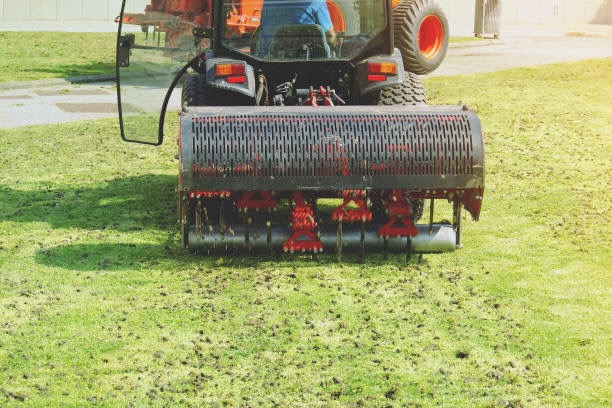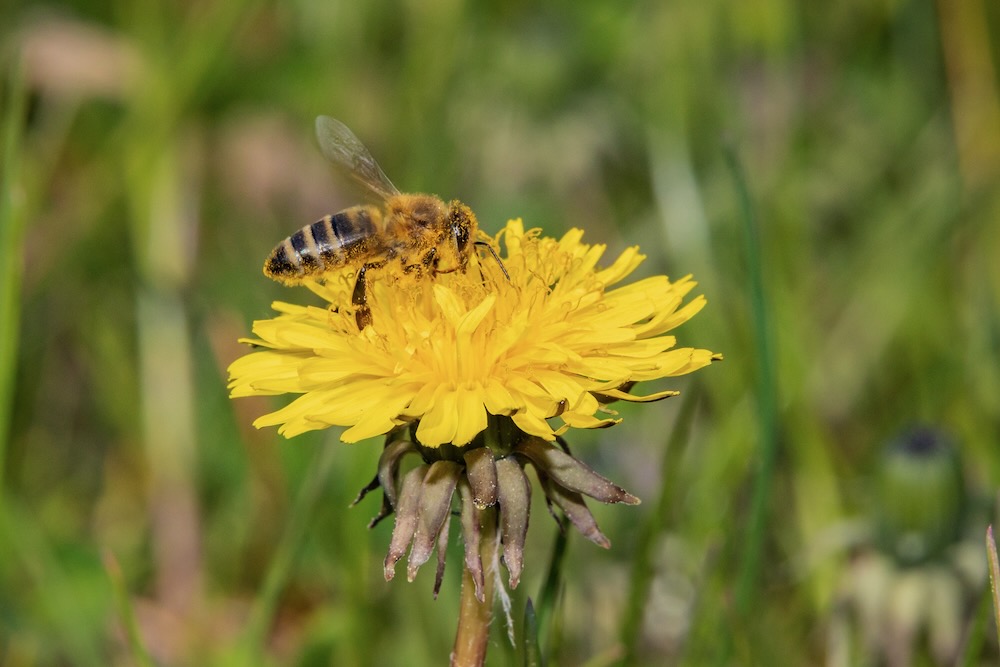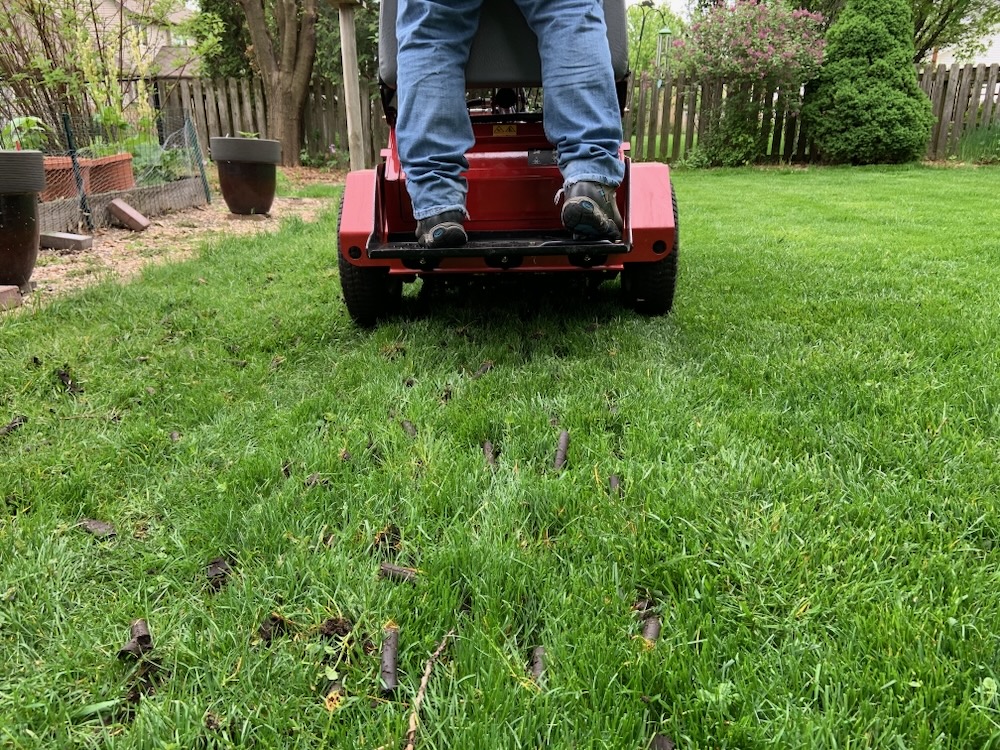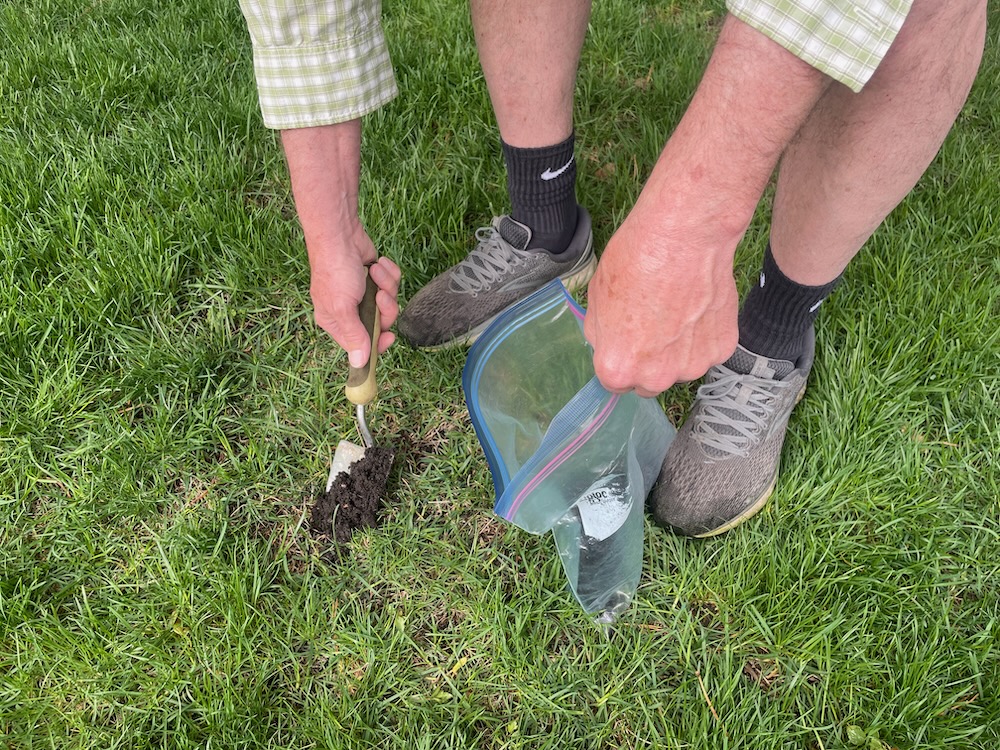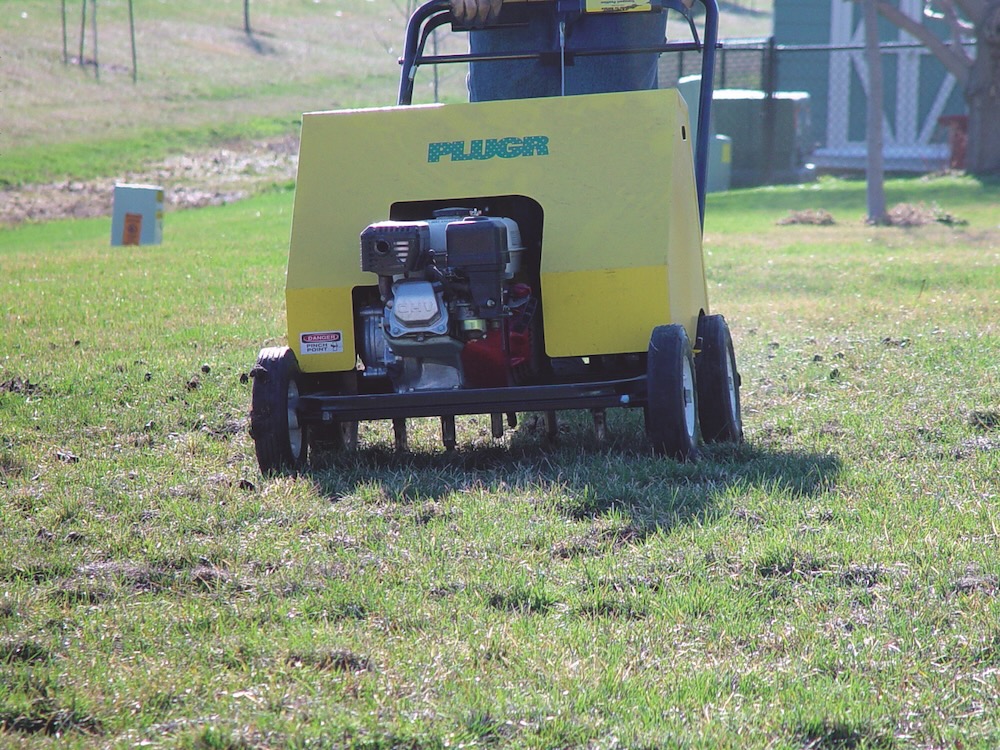Creating a beautiful yard doesn’t have to come at the expense of water quality. By adopting sustainable lawn care practices, you can maintain an attractive landscape while protecting local waterways.
Test before you fertilize
Green, healthy lawns periodically need nutrients like nitrogen, phosphorus, and potassium. However, applying too much fertilizer or applying at the wrong times can lead to runoff that pollutes local streams, lakes, and ponds.
Before fertilizing, test your soil to determine what nutrients it actually needs. Most Iowa soils already contain adequate phosphorus, so you can often use “phosphorus-free” fertilizers (look for a zero as the middle number on the fertilizer bag).
When applying fertilizer:
- Follow application rates based on soil test results
- Focus on spring and fall applications
- Keep fertilizer on target by sweeping any excess from sidewalks, driveways, and streets back onto the lawn
- Consider using slow-release formulations that provide nutrients gradually
Embrace some diversity in your lawn
Many common lawn plants like violets, dandelions, and clover add biodiversity to your yard and support pollinators. Consider how much uniformity you truly need and whether you might tolerate some diversity in your lawn.
If you choose to control weeds:
- Spot-treat problem areas rather than applying herbicides to the entire lawn
- Look into natural alternatives to chemical treatments
- Maintain healthy soil and proper mowing height to naturally suppress weeds
- Overseed regularly with desirable grass varieties to outcompete weeds
Protect pollinators and people
Chemical pesticides can have unintended consequences, affecting beneficial insects, pollinators, pets, and even human health. Short-term exposure may cause irritation, dizziness, or nausea, while long-term exposure has been linked to more serious health concerns.
Before reaching for pesticides:
- Identify the specific pest problem rather than applying preventative treatments
- Consider non-chemical approaches first
- If chemicals are necessary, use the least toxic option that will be effective
- Follow label directions precisely for application rates and safety precautions
- Protect water quality by avoiding applications before rain is forecast
By adopting these sustainable practices, you can maintain an attractive yard while protecting your local watershed, supporting biodiversity, and creating a healthier environment for your family and community.

